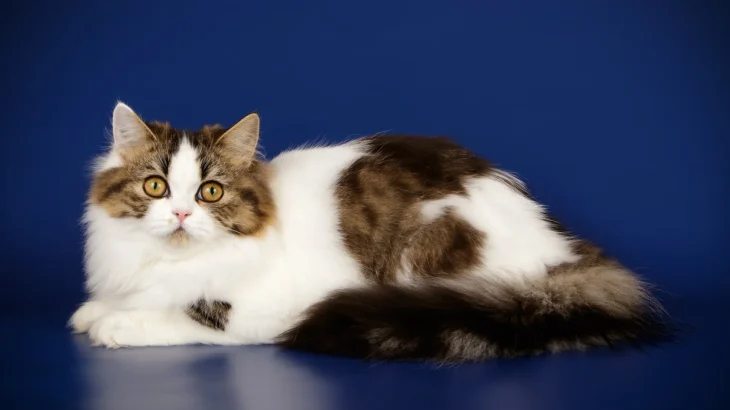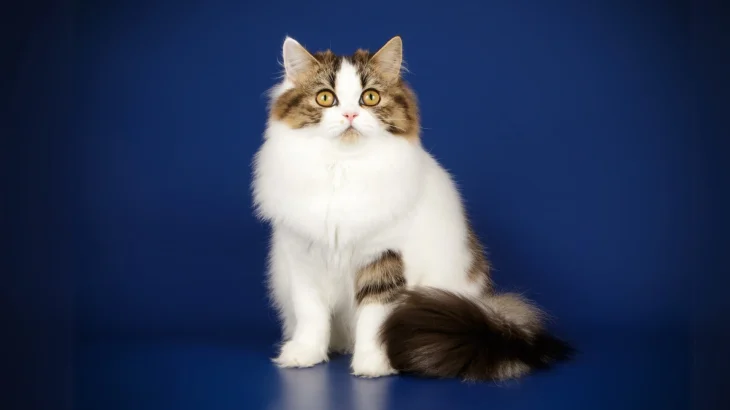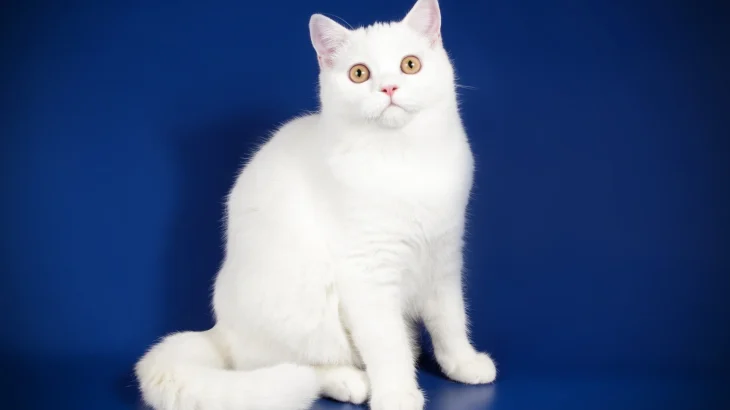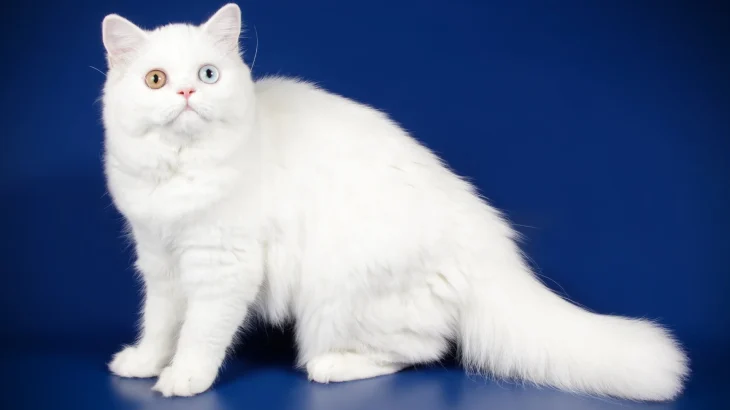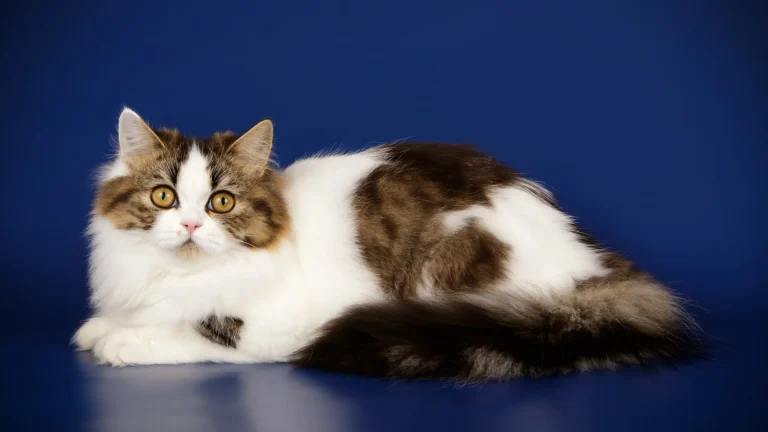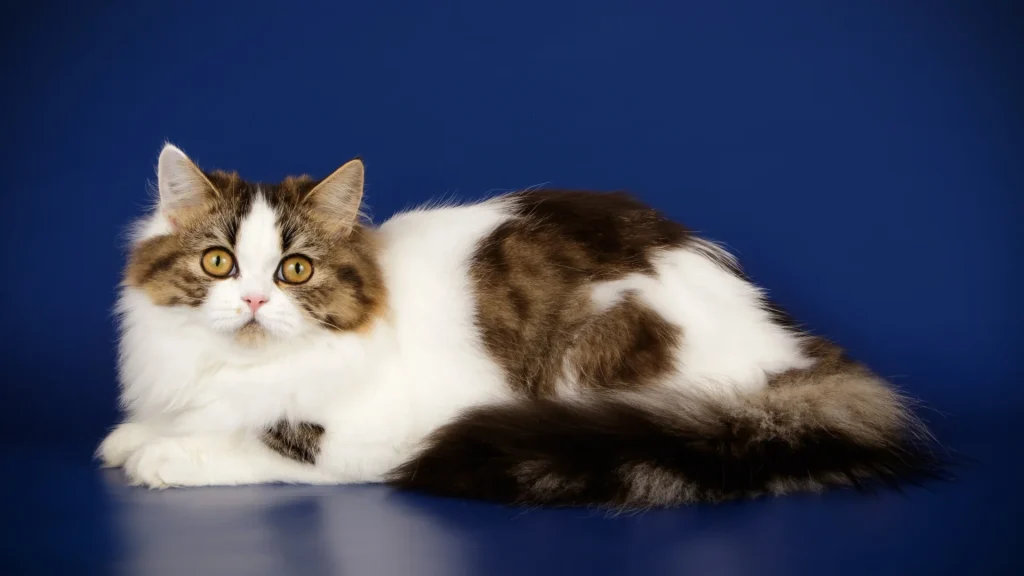Deciding between adopting or purchasing a Colorpoint Longhair kitten involves weighing factors like cost, health transparency, and ethical implications. Purchasing from a breeder usually offers clearer insights into the kitten's lineage and health but at a higher price. Adoption provides a more affordable option and supports animal welfare, though details about the kitten's background may be limited.
Here's a quick look at the differences:
| Criteria | Buying from Breeder | Adopting from Shelter/Rescue |
|---|---|---|
| Cost | Usually higher; purebred Colorpoint Longhair kittens cost more due to breeding expenses. | Lower fees, often including vaccinations and spay/neuter. |
| Health History | Detailed records and genetic screenings provided. | Health history may be uncertain; shelters perform basic checks. |
| Age Availability | Mostly young kittens to raise from early age. | Variety of ages, from kittens to adults. |
| Temperament Insight | Breeders share info on lineage traits and socialization. | Shelter staff give behavioral observations; full history often unknown. |
| Supporting Practices | Supports selective breeding; choose ethical breeders. | Supports animal welfare by rescuing cats in need. |
| Breed Purity & Pedigree | Guarantees pedigree and breed purity. | Breed purity often unknown; no pedigree paperwork. |

